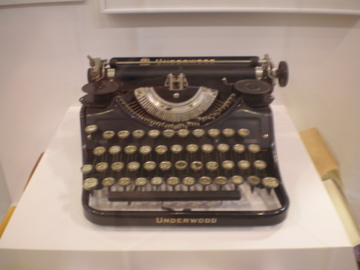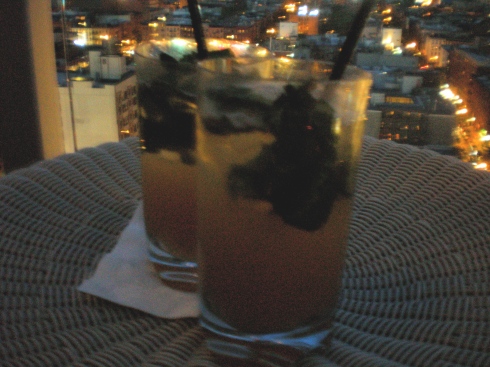Is genius born or created? By now everyone has read, or at least heard, about how Steve Jobs dropped out of Reed College and went on to become the cofounder of Apple and one of the most important entrepreneurs of our time. Perhaps less known is the fact that Jobs continued to audit classes at Reed. He actually credited a calligraphy course he took as having a major impact on the Mac. When I was taking a shuttle from the San Francisco airport to my hotel out in Walnut Creek, I had a midnight conversation with a businessman who had read the biography on Jobs and told me about how the computer genius’ interest in art was fundamental to his vision for building a successful brand.
Back in September, Flavorwire posted an article called “10 Famous Authors Who Dropped Out of School.” This is what they wrote about Jack Kerouac:
In high school, Beat hero Jack Kerouac was no poet — he was a jock, star of the football team. His athletic skills won him a scholarship to Columbia University, but he and the coach didn’t get along. The two argued constantly and Kerouac was benched for most of his freshman year. Then, he cracked his tibia and, his already tenuous football career over, dropped out of school.
I love Flavorwire, and I understand that the writer was trying to keep the text short and irreverent, but I think it’s worth dissecting the often repeated line that Kerouac dropped out of Columbia University. Implicit in remarks about his football scholarship and dropping out is the suggestion that Kerouac was neither intelligent nor studious—the same way that many critics like to point to how quickly he supposedly wrote his novels. If he were a computer genius, like Steve Jobs, perhaps his craft would not be questioned, but because the arts are subjective, Kerouac’s dropping out of college is often reported more as a jab than as evidence toward his natural gifts.
To say that Kerouac was a jock and not a poet in high school undermines his academic achievements. In reality, Kerouac, who didn’t even feel completely comfortable speaking English when he went off to school (he spoke his parents’ French Canadian dialect), did so well in school that he skipped a grade. He spent a lot of time at the public library in his hometown of Lowell, Massachusetts, voraciously reading the classics. When he was not on the football field, Kerouac was part of a roundtable discussion group on philosophy and literature. His father was a printer, and so even at a young age, Kerouac produced his own writing. Like Jobs, Kerouac did not come from money, and the scholarship he earned helped him attend the university, where he studied English under the tuition of great professors.
Kerouac left Columbia, then he returned to resume his studies, and then dropped out for good. However, like Steve Jobs, Kerouac continued his studies even after he dropped out of college. He enrolled at The New School, where he studied literature.
After Kerouac moved to Ozone Park, Queens, and holed himself up writing, his friends jokingly referred to him as “The Wizard of Ozone Park.” Do you know “The Wizard of Menlo Park” (New Jersey) was? Thomas Edison, who after only three months of formal schooling, dropped out.
***
This post has been updated. I wrote “college” when I meant to write “school,” when referring to Kerouac’s ease with English.








